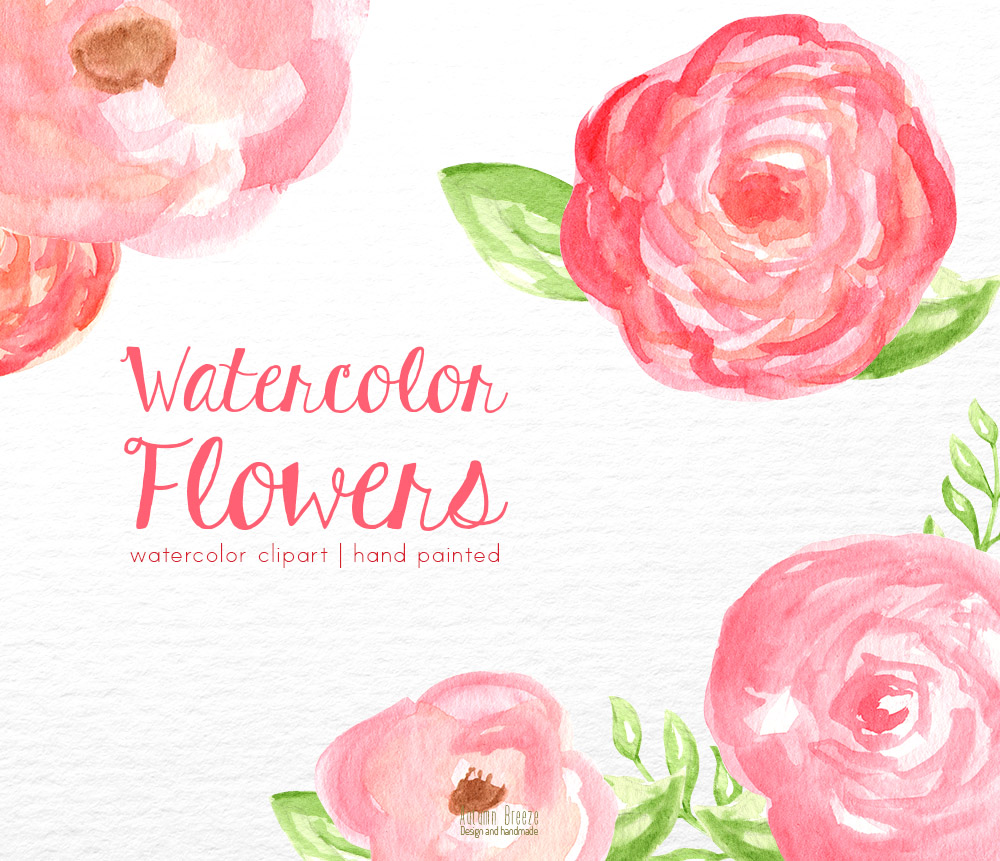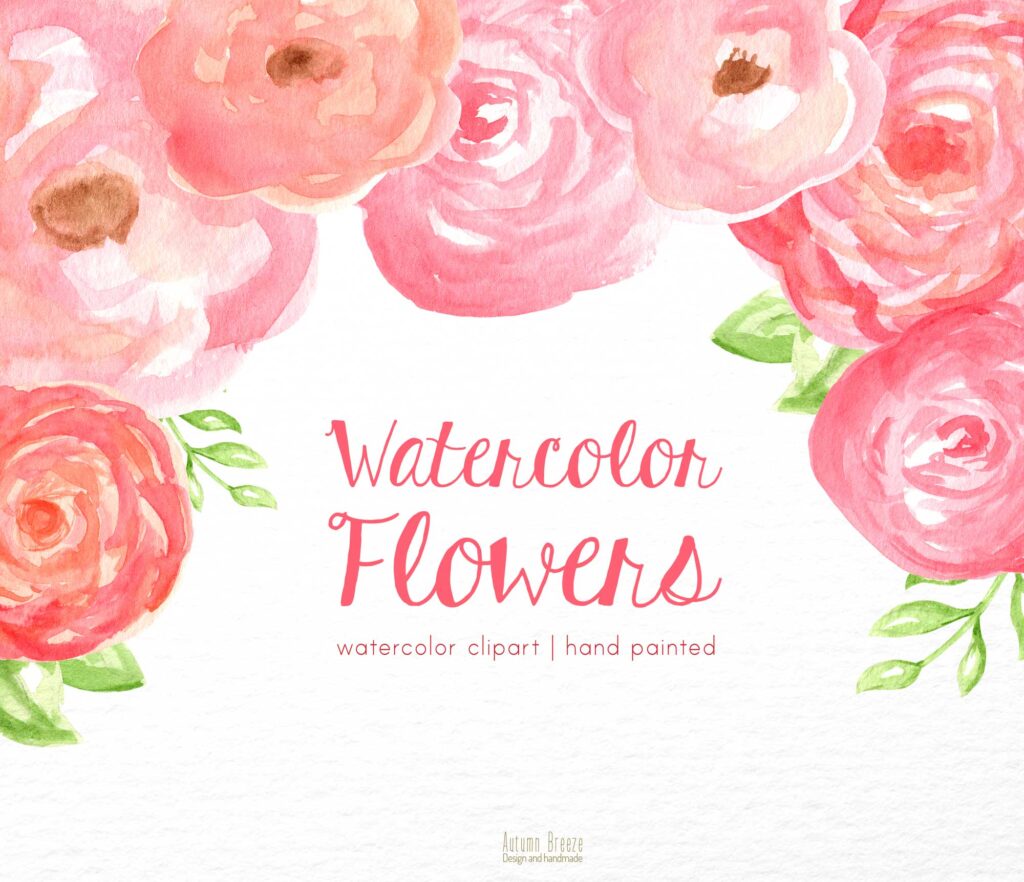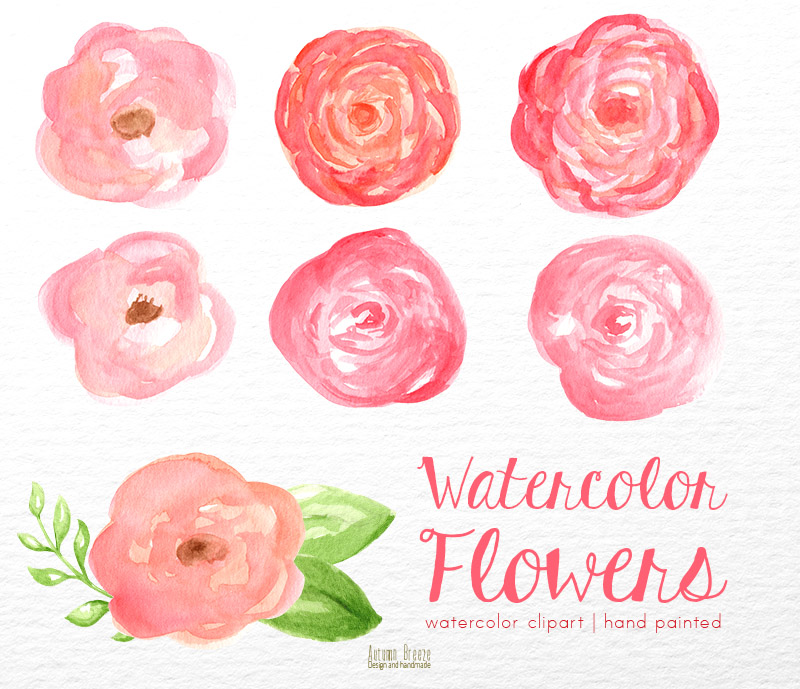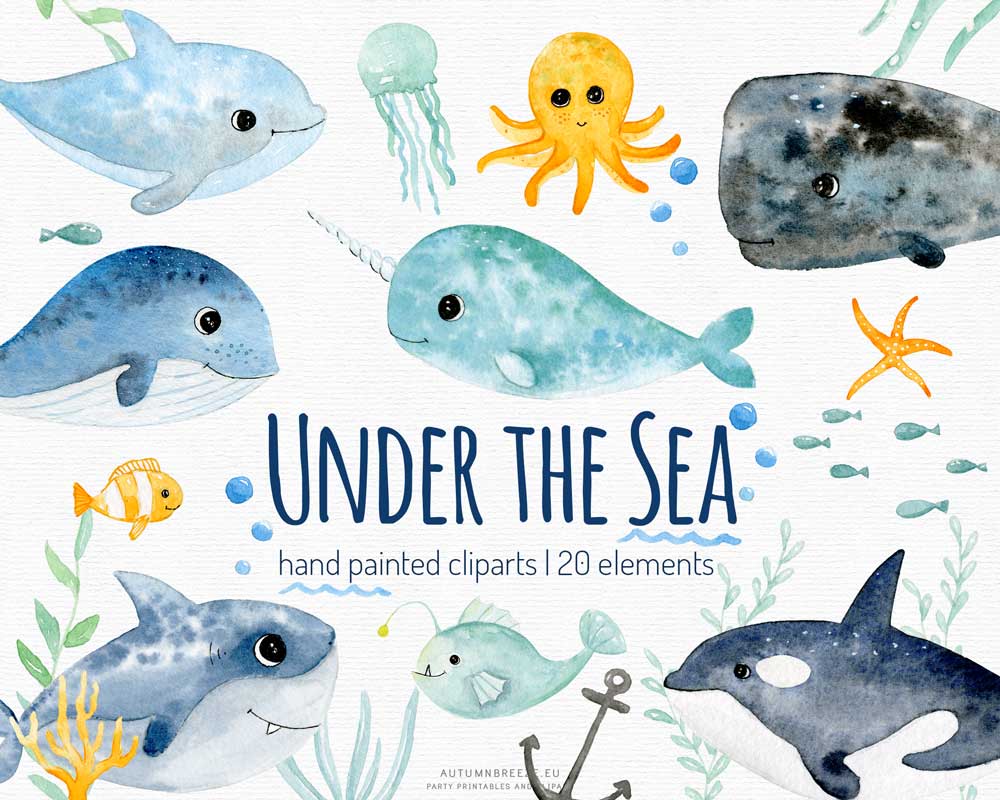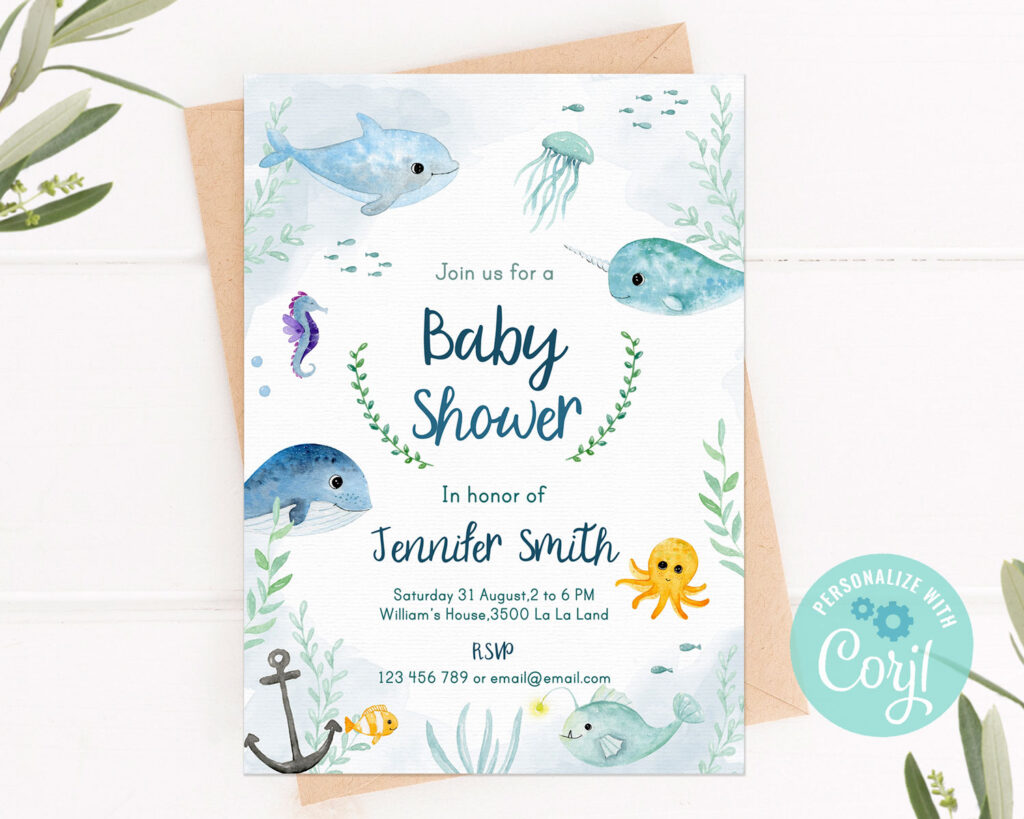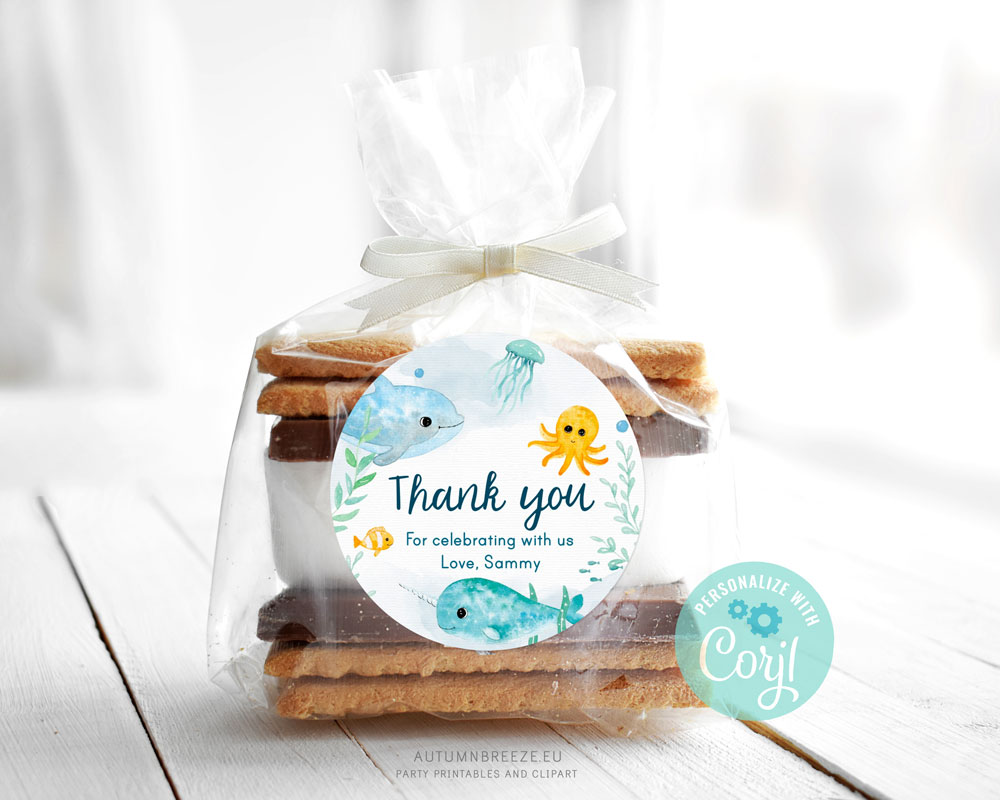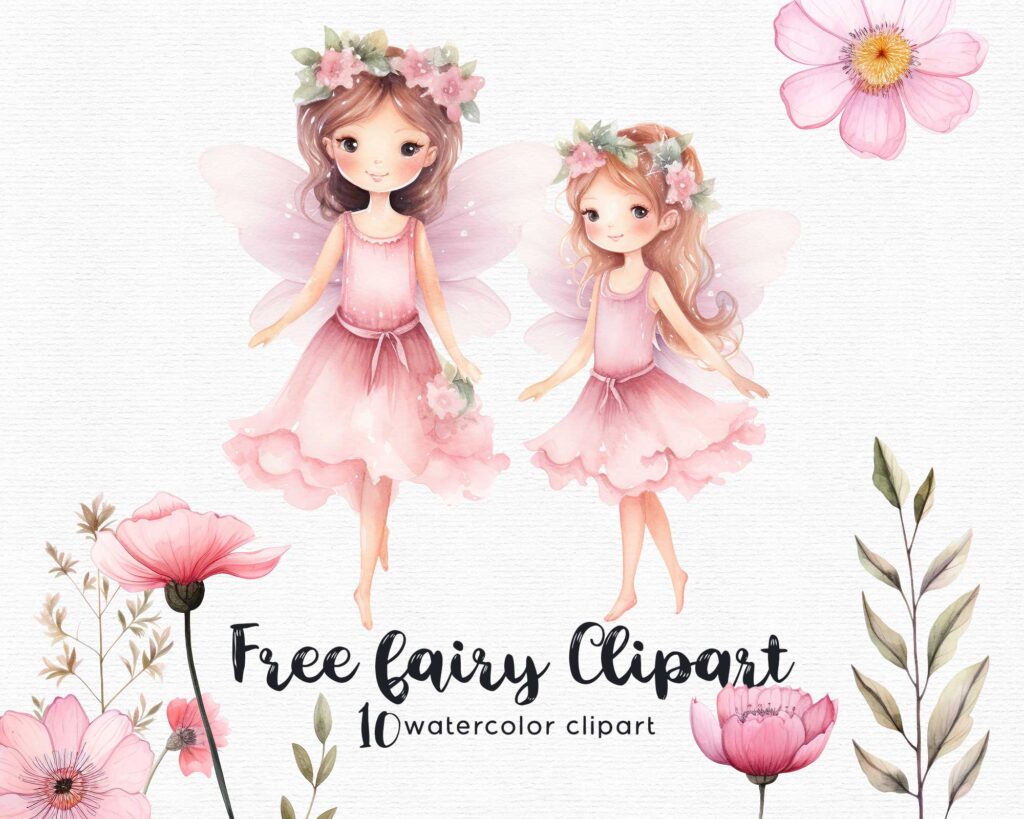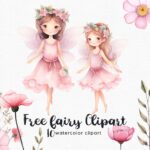12 Years on Etsy: How I Started with Watercolors and Ended Up Using AI 🎨🤖
One of these days, I received an email from Etsy congratulating me on 12 years with the platform! It made me stop and reflect on how quickly time flies—and how I ended up where I am today.
I opened my first Etsy store without any big plans. I just wanted to sell the little earrings I made from vintage buttons, along with a few handmade necklaces. It was purely a hobby, and I admit I didn’t put much effort into it at the time.
Later, I noticed other sellers offering digital images – clipart. I had no idea what that was back then, but I thought, “Why not?” So I did a bit of research to understand how to get started.
I grabbed a small Winsor & Newton watercolor set – just one brush and 12 colors—and painted. Then I scanned the images and listed them on Etsy, on my Autumn Breeze Design Store.
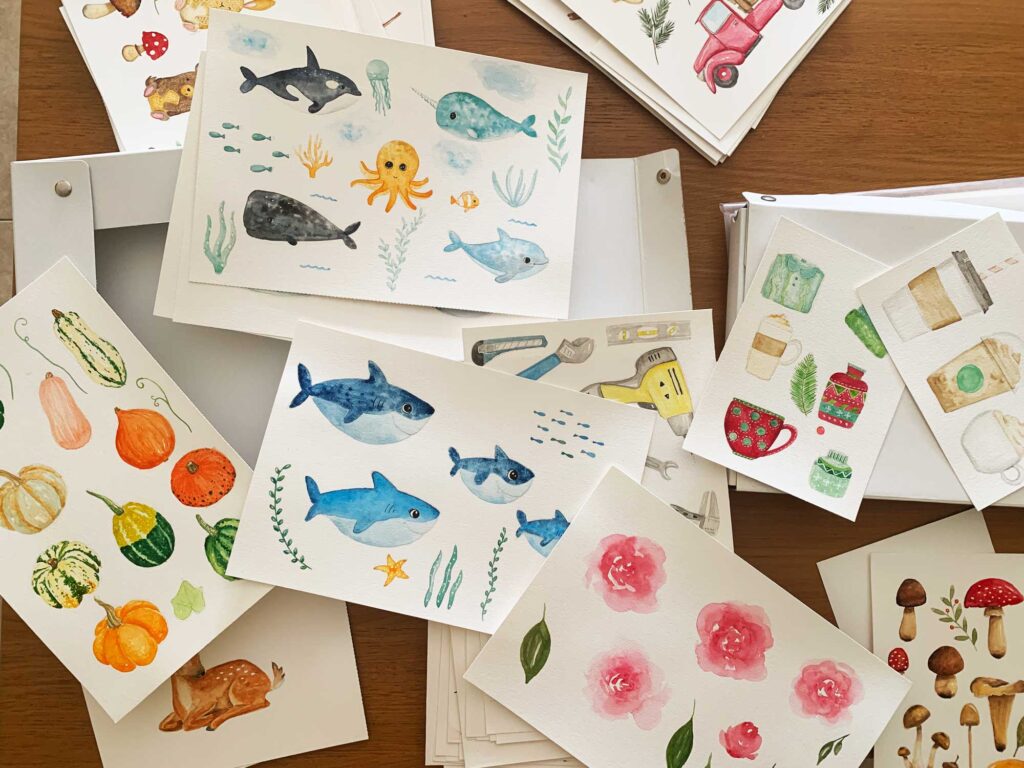
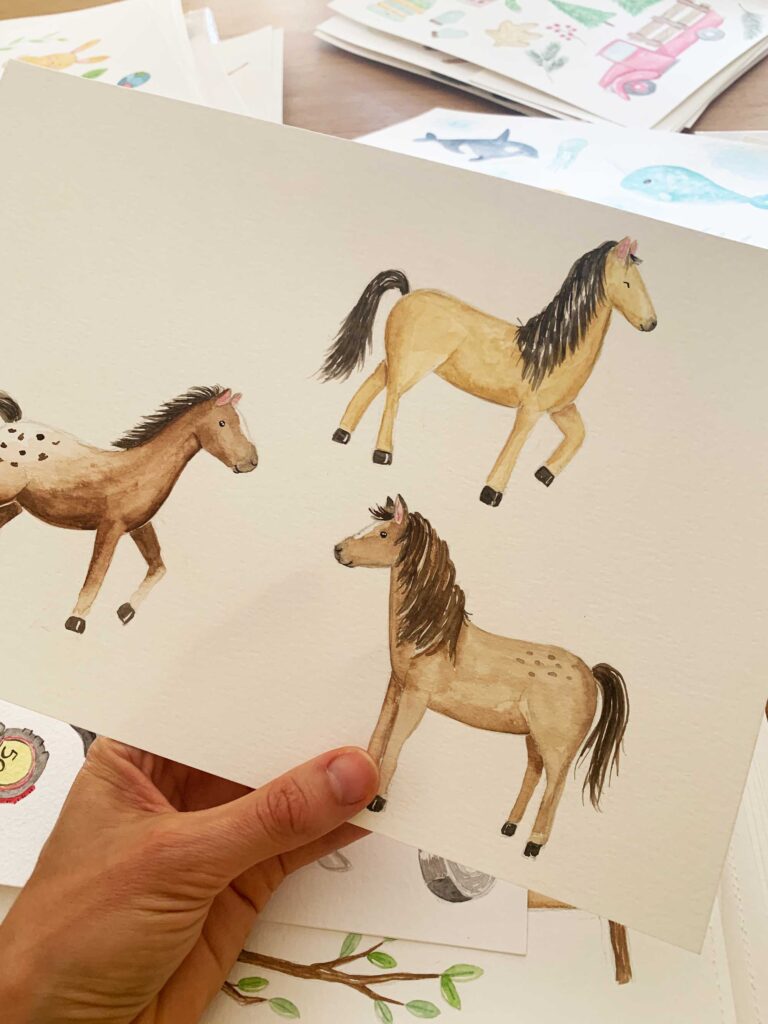
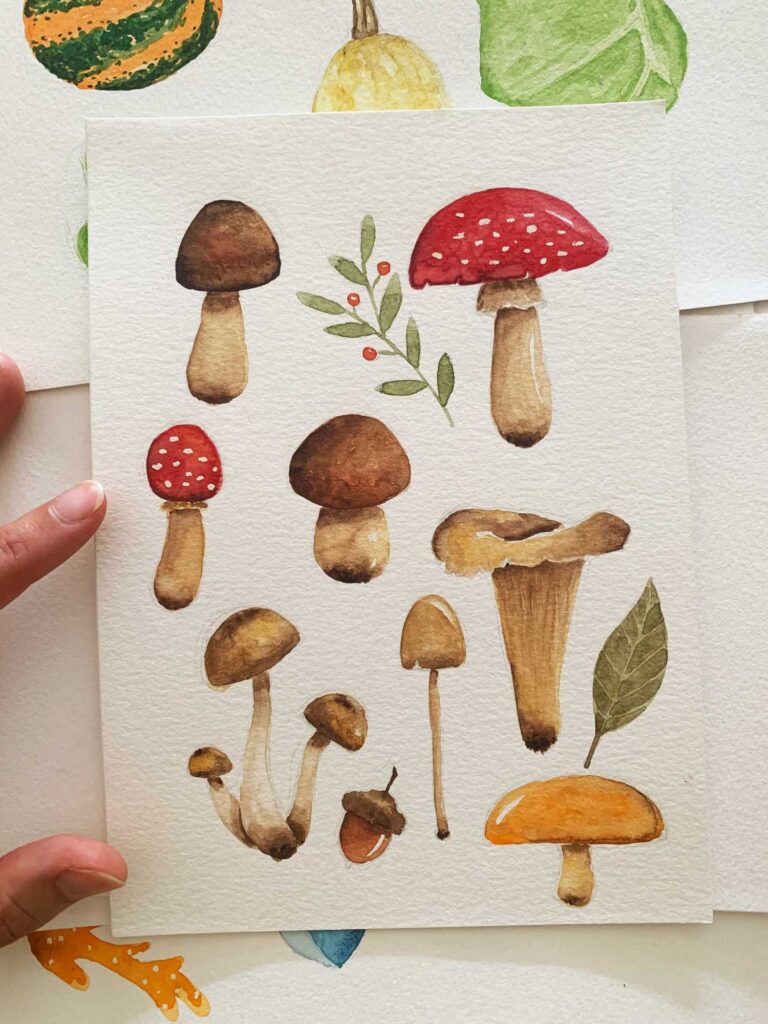
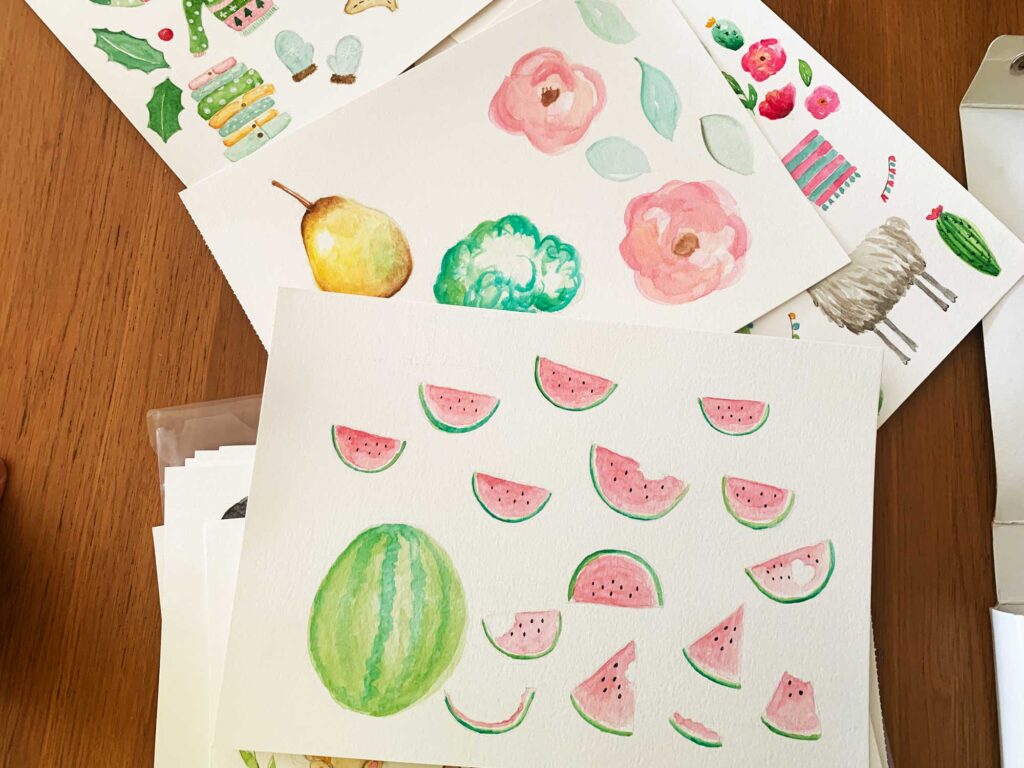
One of the first sets I uploaded became one of my early best-sellers:
I kept going and eventually created around 150 hand-painted watercolor clipart sets. It takes time and care to make high-quality designs. There’s a full process involved – from sketching to scanning and editing – all done by hand.
At some point, I wanted to do more with my artwork and began creating party printables, especially for baby showers and kids’ birthday parties. Here’s one of my favorite collections that also earned some “Best Seller” badges on Etsy:
I recently created a blog post explaining how I design invitations. You can check it out here:
Then Came AI…
Everything was going well – until AI entered the scene (not literally through my window! 😅). Suddenly, I saw products being sold at incredibly low prices, in huge quantities. Some sellers even claimed their AI images were “hand-painted,” and some posted videos faking the process.
Shops with over 1,000 clipart sets popped up in just a few weeks. That simply isn’t possible if you’re doing everything by hand . As a result, my handmade work got lost in a flood of AI-generated images.
I had to make a decision: either stay still and watch the train pass, or adapt.
I did some research and realized that many AI-generated cliparts are made with very little human input. Some even had horses with five legs or hands with too many fingers. And guess what? People still bought them. Many even had more good reviews than bad!
I thought, “I can do better than that.” So I swallowed my pride and started experimenting with AI.
It wasn’t as easy as I expected. Fixing AI images takes time – removing extra fingers, adding missing wings, cleaning up messy lines. I can see why some sellers skip all that and publish images straight from the generator. I tried that, too – and didn’t like the results. The quality just wasn’t what I wanted to offer.
My Hybrid Approach: AI Meets Handmade ✨
So I found a middle ground. I created a hybrid workflow, combining AI-generated ideas with my hand-painted process. I generate several variations, choose the best, and then refine each image carefully – so it looks just right.
That’s why you won’t find 10,000 products in my Etsy shop. I care about the quality of each one.
I also decided to launch a second brand, Sweet Clipart Shop, to keep my AI cliparts separate from my hand-painted collections. I wasn’t sure how people would react to AI images at first.
In this shop, I started by creating general clipart sets, but gradually slipped into the fairy niche and began specializing in magical-themed clipart – that’s why you’ll find so many fairy and woodland-themed sets here.
You can download one of my fairy clipart sets for free right here:
A Note on Transparency ✨
In every clipart set I create, I always include a small label to indicate whether the images are AI-generated or hand-painted. For me, it’s important to stay true to my customers and be completely transparent about the creative process behind each design. 💛
In Conclusion:
For most customers, it doesn’t really matter if a clipart set is AI-generated or hand-painted – what matters is that they like the image and it fits their project.
Creating high-quality AI images isn’t as easy as it may seem. It takes time to fix details and make them usable. Still, I believe that as software continues to evolve, these images will improve with fewer and fewer errors.
Trying to fight against AI doesn’t make sense to me. It’s part of progress, part of change – and it’s here to stay.
I personally don’t like comparing hand-painted artwork with AI-generated images. They serve different purposes, have different creative values, and it’s up to each person to choose what works best for them.
